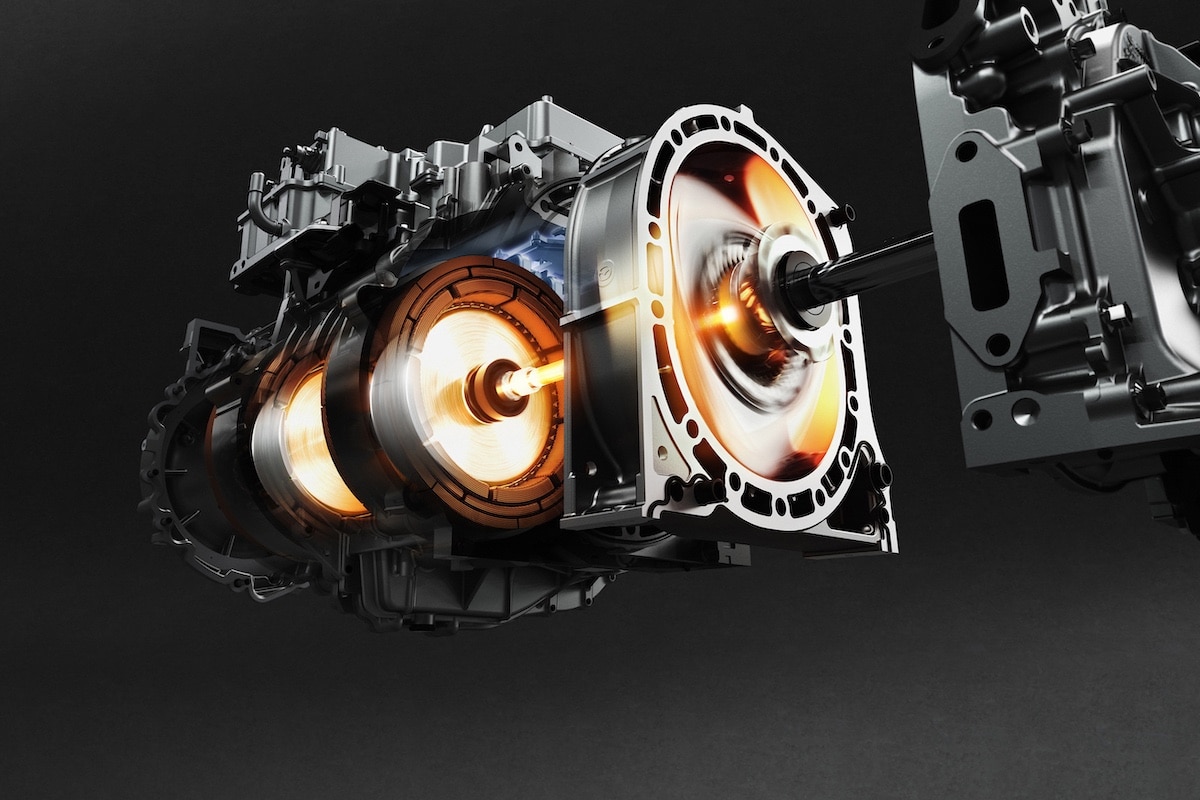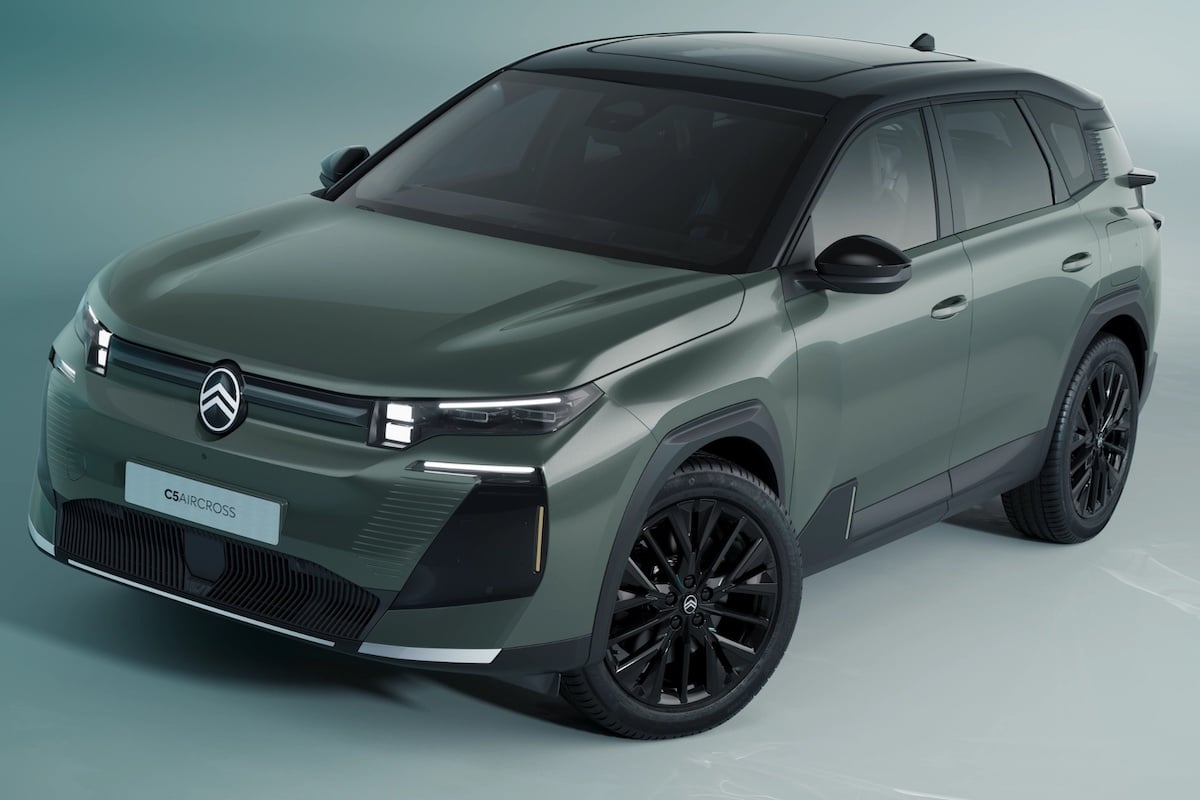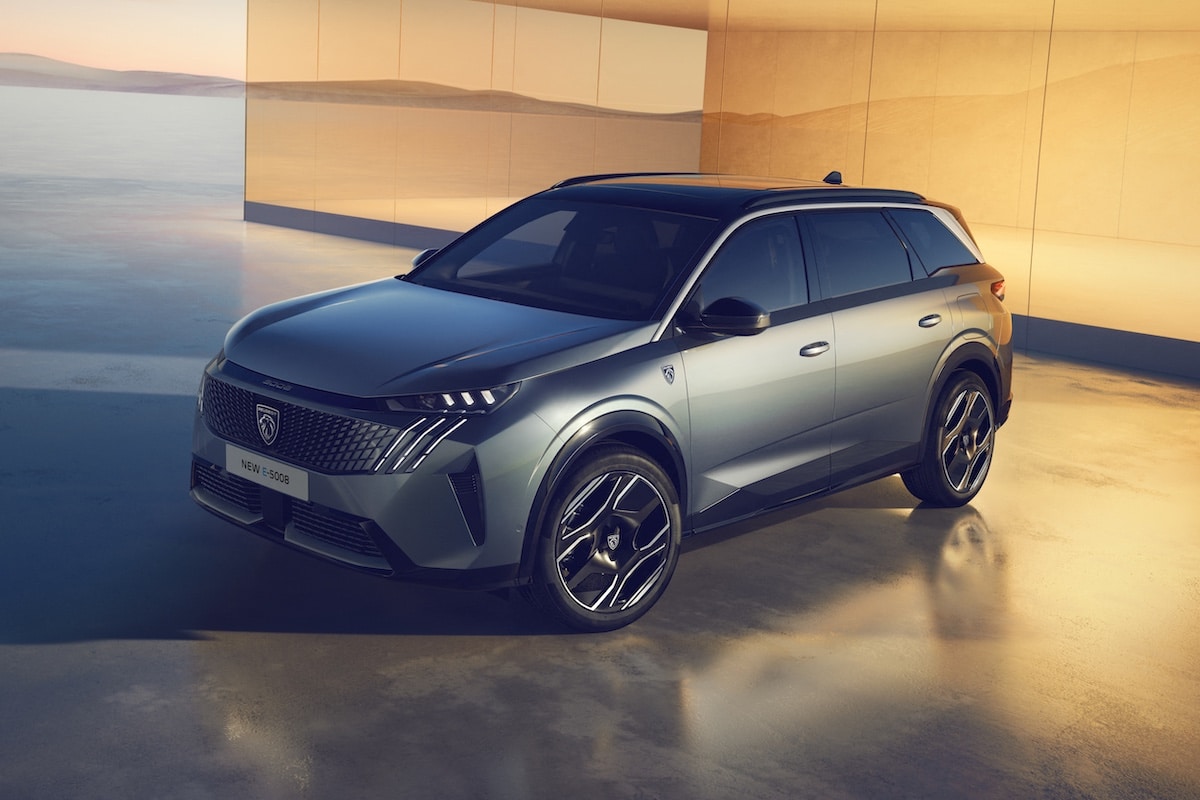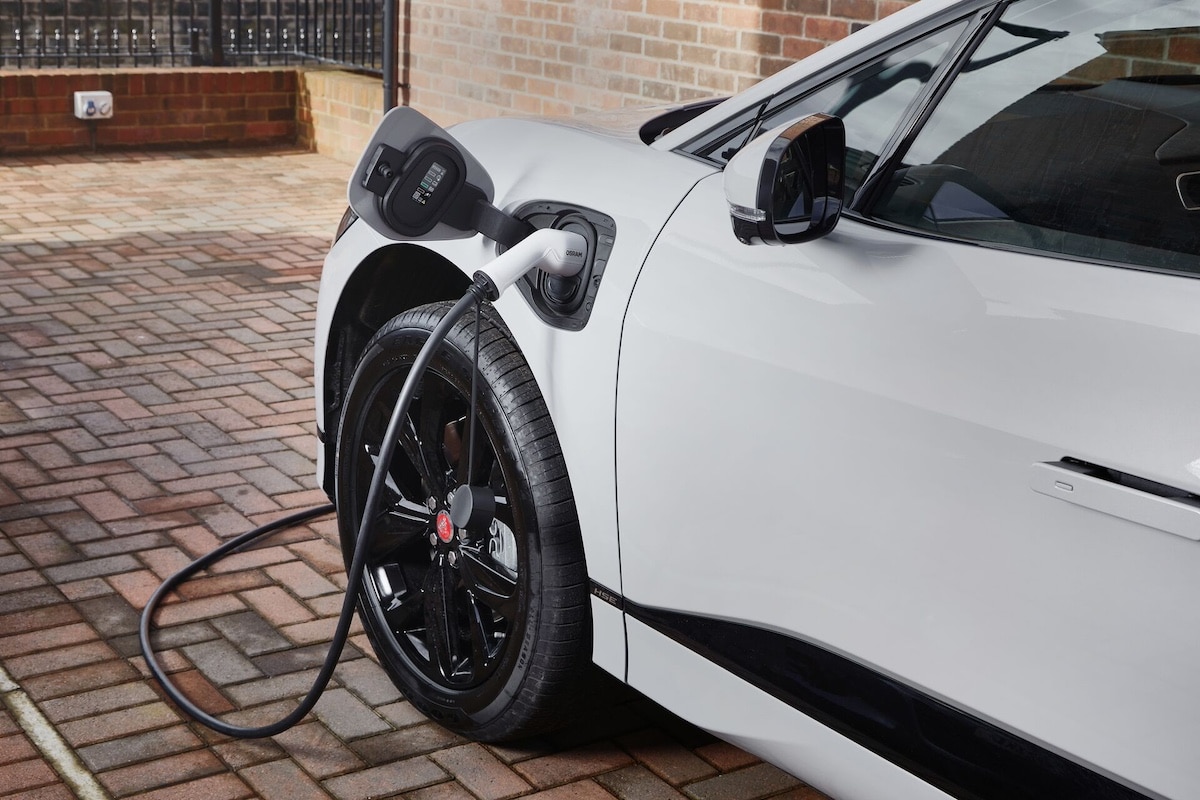What if Mazda dares to surprise us with its rotary engine?

Range extender technology, long underestimated, is experiencing an unexpected revival, notably thanks to Mazda.
Mazda, a pioneer in this field, has vowed to revolutionize the market with its e-SKYACTIV R-EV system, an electric technology with a range extender incorporating a rotary engine as a generator. This innovation is in no way a feat of engineering miracle, but Mazda remains the only manufacturer to have mass-produced a rotary engine.
The e-SKYACTIV R-EV relies on the compactness and power of the rotary engine, combined with a high-performance electric motor and a generator. This system ensures a smooth and dynamic driving experience, typical of electric vehicles, while eliminating range anxiety thanks to the rotary engine. Using it in 100% electric mode is ideal for daily commutes, while hybrid mode guarantees reliable energy for long distances.
However, all is not won for Mazda. The rotary engine remains a highly advanced technology, generally recognized as less refined and less durable than a traditional piston engine. Its technical complexity still poses challenges, and it will take several years to judge whether Mazda was right to pursue this path. Nevertheless, this somewhat crazy gamble should be praised, as it demonstrates a willingness to innovate and take risks.
A few years ago, range extenders were considered a transitional solution, outdated in the face of the rise of 100% electric vehicles. However, Mazda’s technology redefines their relevance, meeting the needs of a audience seeking flexibility without compromising environmental considerations. With this approach, Mazda illustrates that hybrid solutions can offer an optimal balance between performance, energy efficiency, and practicality.
Mazda has the merit of staying true to its values and heritage by adopting this technology, which allowed it to become the first Japanese manufacturer to compete at the 24 Hours of Le Mans in 1991 with the 787B, known for its captivating roar.
ALSO READ: Mac Lesggy comes to the rescue of the Mazda MX-30 e-SKYACTIV R-EV
This page is translated from the original post "Et si Mazda nous clouait le bec avec son moteur rotatif ?" in French.
We also suggestthese articles:
Also read






